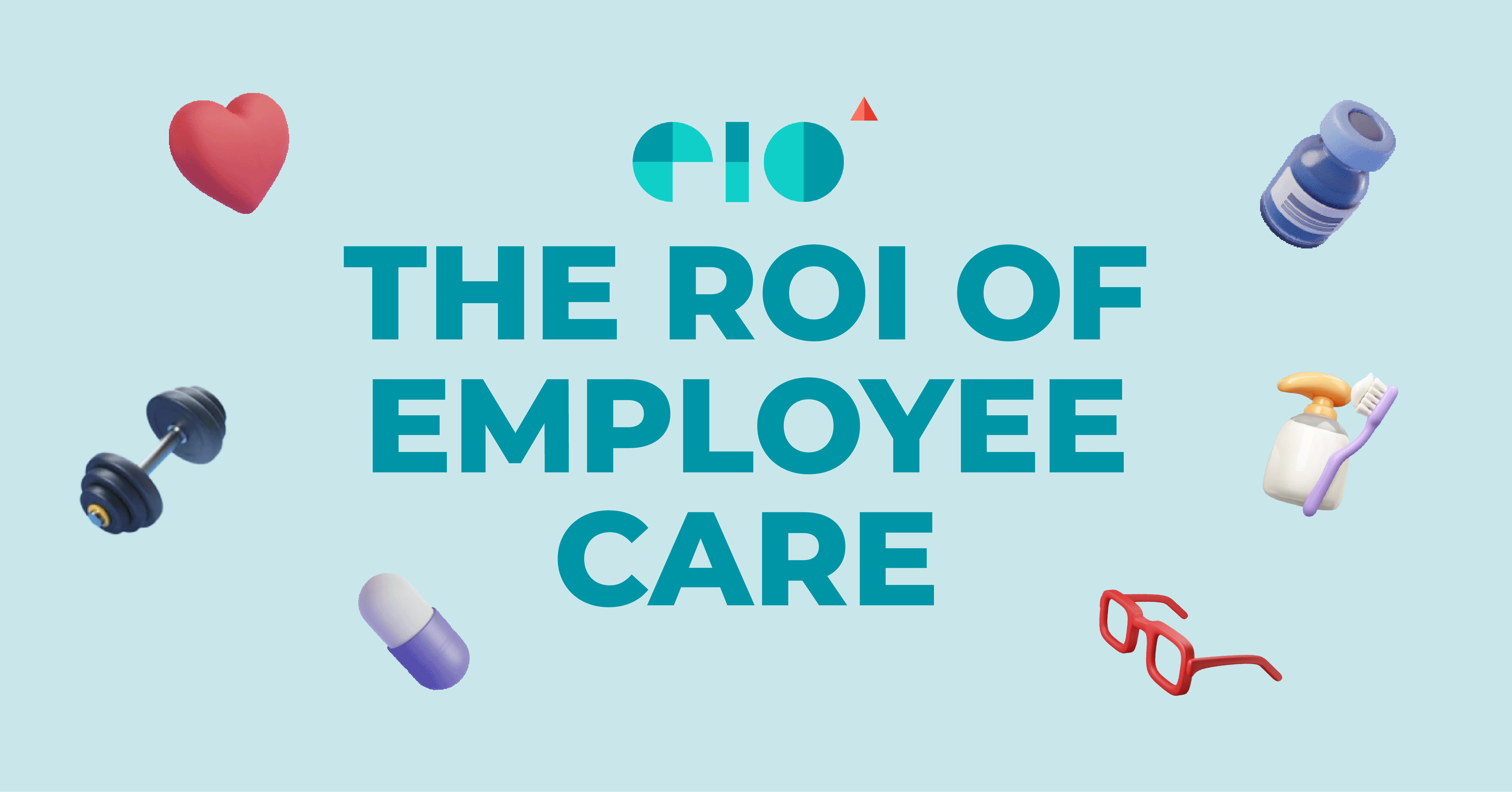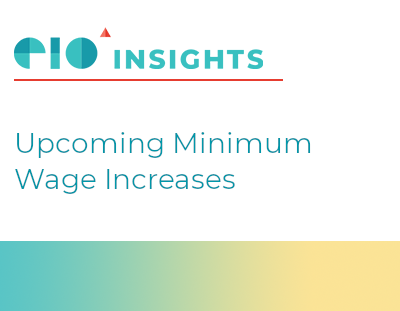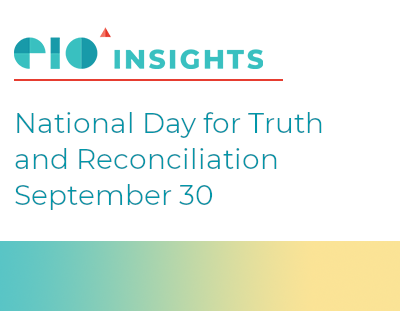Is Your Working At Heights Training Up To Date?
Working At Heights training is mandatory for employees working on construction projects and need to use fall protection devices. This training expires after 3 years, at which time employees are required to take a refresher course to get re-certified.
Since COVID-19 has prevented many employees from re-certifying, the Ministry of Labour provided a one-year extension for companies to get their employees’ training up to date. The extension applied to employees who completed their training between February 28th and August 31st, 2017.
The extended deadline is fast approaching for February training, so now is the time to check if your employees are due to renew their Working At Heights training.
Quick Facts About Working At Heights
- Training must be taken before an employee can use fall protection
- Employees who use a travel restraint system, a fall restricting system, fall arrest system, a safety net, a work belt, and/or a safety belt must get working from heights training
- Employees must be properly trained on fall arrest equipment they use
- Employers must keep a record of both their working at heights training and fall protection training at all times, and must make sure every employee who requires it has valid training
Click here for training support
Have your revenues dropped due to COVID-19?
Many small businesses are struggling to stay afloat and cover their fixed costs, such as rent and insurance, while taking a negative impact on their revenues. Government assistance has emerged to help businesses pay for their rent, but many have had their fate put into the hands of their landlords to apply for the assistance. The new Canadian Emergency Rent Subsidy (CERS) is being introduced to provide rent relief for businesses and allows these businesses to apply to the assistance directly as opposed to waiting for their landlords to do so.
What is the CERS and how does it work for small businesses?
- Rent and mortgage support available until June 2021 for qualifying organizations impacted by COVID-19
- Funds go directly to the business, not the landlord
- Can cover up to 65% percent of eligible expenses until December 19 2020
- Businesses are able to make claims retroactively for the period that began September 27 and ends October 24, 2020
- A top-up CERS of 25% for businesses temporarily shut down by a mandatory public health order issued by a qualifying public health authority—in addition to the 65% subsidy,—grants up to 90% of coverage for the hardest hit businesses!
START TAKING ACTION
Do you have employees who need Working at Heights Training, either for the first time or as their training expires? Contact us today and we’ll ensure everyone on your team gets the certification they need!




